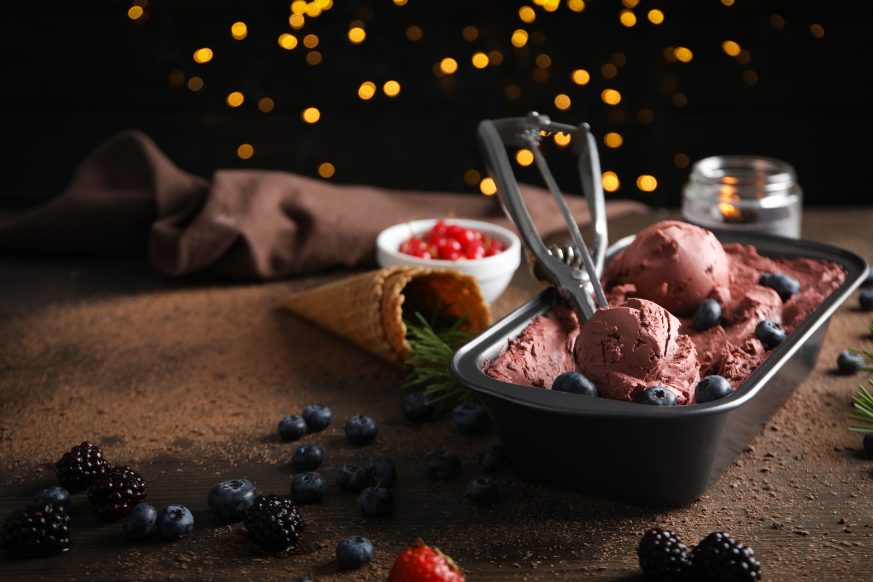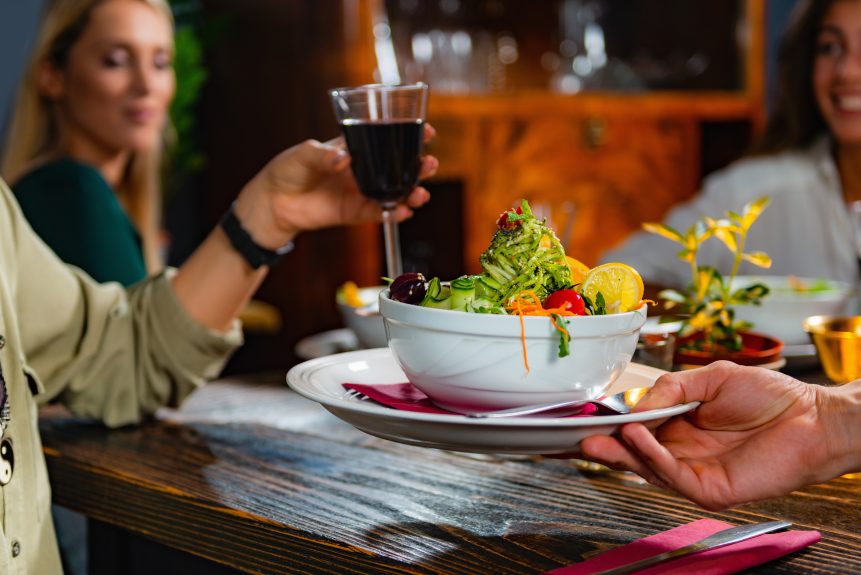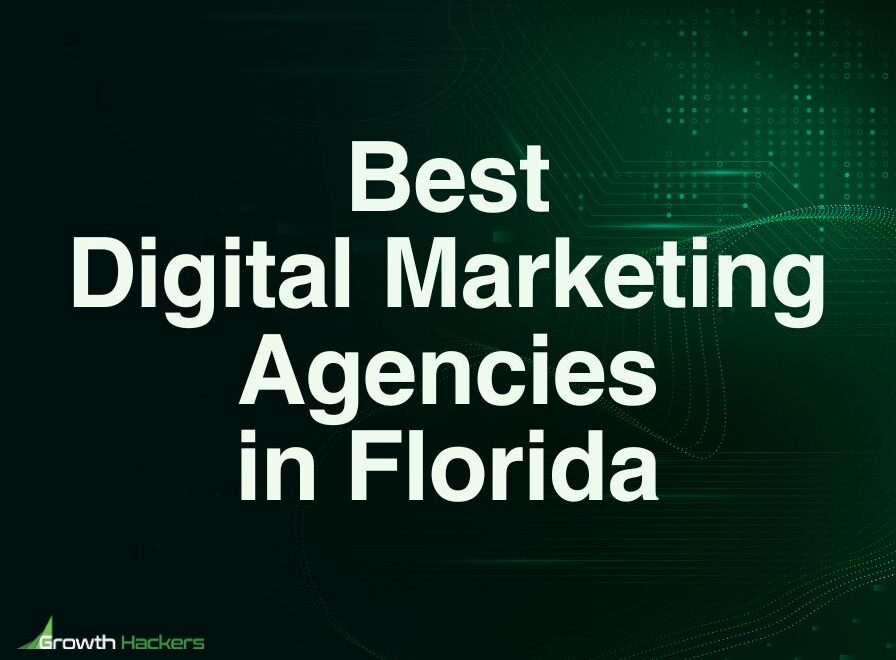In the fiercely competitive landscape of the food industry, establishing a remarkable branding strategy is paramount for success. A well-crafted brand captures the essence of your culinary offerings and deeply resonates with your target audience, driving customer loyalty and boosting your bottom line. From artisanal eateries to global food franchises, the power of effective branding cannot be underestimated.
This article will explore nine essential steps that will guide you in creating a remarkable food branding strategy. Whether you’re a passionate food entrepreneur starting a new venture or an established food business looking to revitalize your brand, these proven steps will equip you with the knowledge and insights necessary to stand out in the crowded market.
Get ready to unlock the potential of your food business and leave a lasting impression on your customers with a remarkable food branding strategy. Let’s dive in!
1. Define your Brand Identity
Creating a strong and distinctive brand identity is the foundation of any successful food business. It’s about defining who you are, what you stand for, and how you want to be perceived by your target audience. Start by identifying your unique selling points, such as your culinary expertise, sourcing practices, or signature dishes.
Consider the personality and tone of your brand. Are you playful, lighthearted, sophisticated, elegant, eco-conscious, and socially responsible? Aligning your brand personality with the preferences and aspirations of your target audience will create a stronger connection and resonance.
Moreover, it’s important to consider how your brand will be perceived visually. This includes your logo, color schemes, typography, and overall design aesthetics. These visual elements should reflect your brand’s personality and appeal to your target audience.
Defining your brand identity lays a solid foundation for your food branding strategy. It helps you establish a clear direction, effectively communicate your values to customers, and differentiate yourself in a competitive market.
2. Conduct Market Research
Before diving into your food branding strategy, conducting thorough market research is essential to understand your target audience and the competitive landscape. Start by identifying your target market demographics, including age, gender, location, and preferences. Analyze their needs, desires, and behaviors regarding food consumption.
Explore your competitors’ offerings, their positioning, and the strategies they employ. This research will help you uncover gaps in the market that you can capitalize on and identify areas where you can differentiate your brand.
Studying industry trends and staying updated on emerging market shifts will also give you a competitive advantage. It will help you anticipate changes and adapt your branding strategy to stay relevant and ahead of the curve.
3. Develop a Compelling Brand Story
A compelling brand story is a powerful tool that emotionally connects your food brand with your target audience, fostering a strong bond with loyal customers. It goes beyond showcasing your products or services and delves into the heart and soul of your brand, just like Burger King has successfully done, which is a great example.
By crafting a unique and captivating brand story, you can differentiate yourself from the competition and stand out among the many brands in the food industry. This authentic narrative leaves a lasting impression and creates a strong foundation for your brand strategy, driving customer loyalty and establishing a strong market presence.
Start by exploring the roots of your food brand. What inspired you to start this journey? Was it a family recipe passed down through generations or a personal experience that ignited your passion for culinary excellence? Uncover the unique elements that make your story special and weave them into a narrative that resonates with your audience.
Utilize various platforms to share your brand story. Incorporate it into your website, social media channels, packaging, and marketing materials. Leverage visual elements, such as captivating images or videos, to enhance the storytelling experience.
Ready to leave a lasting impression on foodies by spicing up your brand with food branding?
Contact Growth Hackers
4. Design a Memorable Logo and Visual Identity
In food branding, a memorable logo and visual identity play a vital role in capturing the essence of your brand and leaving a lasting impression on customers. Your logo is the visual representation of your brand and serves as a visual cue that instantly identifies your business.
When designing your logo, consider elements that reflect your brand’s personality, values, and unique selling points. Choose colors that evoke the desired emotions and align with your brand identity. Select fonts that are legible and complement the overall aesthetics of your brand.
Simplicity is key when it comes to logo design. A clean and uncluttered logo is more likely to be memorable and easily recognizable. Avoid using intricate details that may get lost when scaled down or reproduced across different platforms.
Establish a cohesive visual identity alongside your logo that extends to other brand elements. This includes choosing a consistent color palette, typography, and visual style. These elements should be applied consistently across your website, packaging, marketing materials, and social media platforms.
5. Create Consistent Brand Messaging
Consistency in brand messaging is crucial to establish a strong and cohesive food branding strategy. Your brand messaging encompasses the tone, voice, and language you use to communicate with your target audience across various platforms.
Start by defining your brand’s unique value proposition—the key message that sets you apart from competitors. Clearly articulate what makes your food brand special and why customers should choose you. This messaging should be consistent and aligned with your brand identity and objectives.
Develop a voice that reflects your brand’s personality and resonates with your target audience. Whether casual and friendly or professional and authoritative, maintain a consistent tone in all your communications.
Ensure consistency in your messaging across all touchpoints, including your website, social media posts, packaging, and advertising campaigns. This consistency creates a cohesive brand experience and reinforces your brand’s identity in the minds of your audience. However, consistency is easier said than done. Working with experienced branding agencies will help you create engaging brand stories while respecting your brand strategy, guidelines and messaging.
6. Build an Engaging Online Presence
Building an engaging online presence is essential for a remarkable food branding strategy in today’s digital age. The online world provides many opportunities to connect with your target audience, share your brand story, and showcase your culinary offerings.
Start by developing a visually appealing and user-friendly website. Optimize it for both desktop and mobile devices to ensure seamless accessibility. Showcase high-quality images of your food, provide detailed menus, and incorporate an easy-to-use reservation or ordering system.
Consider incorporating a blog or content marketing strategy to establish your expertise and attract organic traffic. Share valuable content, such as cooking tips, recipe ideas, or in-depth articles about food-related topics. This positions you as a thought leader and keeps your audience engaged and returning for more.
7. Cultivate Influencer and Partnership Collaborations
Collaborating with influencers and forging strategic partnerships can greatly amplify the reach and impact of your food branding strategy. Influencers, with their dedicated following and established credibility, can help showcase your brand to a wider audience and build trust among potential customers.
Start by identifying influencers who align with your brand values and target audience. Look for individuals with a genuine interest in food, cooking, or culinary experiences. Analyze their engagement rates, authenticity, and content relevance to ensure a good fit.
Reach out to influencers with personalized proposals highlighting the collaboration’s mutual benefits. Offer them exclusive experiences, product tastings, or behind-the-scenes access to create engaging and authentic content that showcases your brand. Encourage them to share their experiences and recommendations with their followers, generating buzz and interest around your food offerings.
In addition to influencers, seek strategic partnerships with complementary businesses or organizations. For example, team up with local farmers or suppliers to highlight your commitment to sourcing fresh and sustainable ingredients. Collaborate with food-related events or charities to contribute to the community and increase brand visibility.
These collaborations can be leveraged across various channels, including social media, blogs, or joint events. By tapping into the existing audience and credibility of influencers and partners, you can expand your brand’s reach, gain new followers, and foster trust among your target audience.
Hungry for success? Savor the taste of food branding excellence today!
8. Deliver Exceptional Customer Experiences
Creating remarkable food branding goes beyond just marketing and visuals—it extends to the customer experience you provide. Exceptional customer experiences can leave a lasting impression on your audience and foster loyalty and advocacy for your food brand.
Start by ensuring that every touchpoint with your customers reflects your brand’s values and exceeds their expectations. Train your staff to provide friendly and knowledgeable service, offering personalized recommendations and going the extra mile to make customers feel valued.
Consistency is key to delivering exceptional customer experiences. From the moment customers walk through your doors or interact with your brand online, strive to maintain consistent service, quality, and attention to detail.
Pay attention to feedback and actively seek customer input. Encourage customers to share their experiences, reviews, and suggestions. Listen to their feedback, address concerns promptly, and use the insights gained to continuously improve your offerings and service.
Invest in technology to streamline the ordering and delivery process. Embrace online ordering systems, delivery apps, or reservation platforms to make it convenient for customers to engage with your brand. Provide clear communication and updates regarding order status, delivery times, and potential delays
9. Measure and Adapt
In the dynamic world of food branding, it’s crucial to continuously measure the effectiveness of your strategies and adapt to changing market conditions. This iterative process allows you to optimize your branding efforts, stay relevant, and drive long-term success for your food brand.
Establish key performance indicators (KPIs) that align with your brand objectives. These metrics include website traffic, social media engagement, customer feedback, sales figures, and customer retention rates. Regularly monitor and analyze these metrics to assess the performance of your branding strategies.
Utilize tools like website analytics, social media insights, and customer surveys to gather data and insights. This data will provide valuable information about customer preferences, behaviors, and trends, enabling you to decide your branding strategies.
Based on the data and insights you gather, make necessary adjustments to your branding efforts. This can involve refining your messaging, optimizing your online presence, fine-tuning your visual identity, implementing conversion rate optimization or exploring new marketing channels. Stay agile and open to experimentation as you adapt to your target audience’s evolving needs and expectations.
Stay updated on industry trends, emerging technologies, and competitors’ activities. This knowledge will help you identify new opportunities and stay ahead of the curve. Embrace innovation and embrace new strategies and approaches that align with your brand identity.
Final Words on Creating a Remarkable Food Branding Strategy
Creating a remarkable food branding strategy requires careful planning and execution. It starts by understanding your brand’s identity and target audience.
Conduct thorough market research to identify trends and competitors, and use this knowledge to differentiate your brand. Develop a compelling brand story that connects with consumers and communicates your values.
Consistency is key across all aspects of your brand, from packaging design to online presence. Embrace storytelling to engage your audience through captivating content and visuals.
Continuously monitor and adapt your strategy based on consumer feedback and market changes. Following these guidelines can build a remarkable food branding strategy that leaves a lasting impression.
Growth Hackers is an award-winning food branding agency helping businesses from all over the world grow. There is no fluff with Growth Hackers. We help entrepreneurs and business owners taste success with irresistible food branding made to resonate with food lovers, increase their productivity, generate qualified leads, optimize their conversion rate, gather and analyze data analytics, acquire and retain users and increase sales. We go further than brand awareness and exposure. We make sure that the strategies we implement move the needle so your business grow, strive and succeed. If you too want your business to reach new heights, contact Growth Hackers today so we can discuss about your brand and create a custom growth plan for you. You’re just one click away to skyrocket your business.









